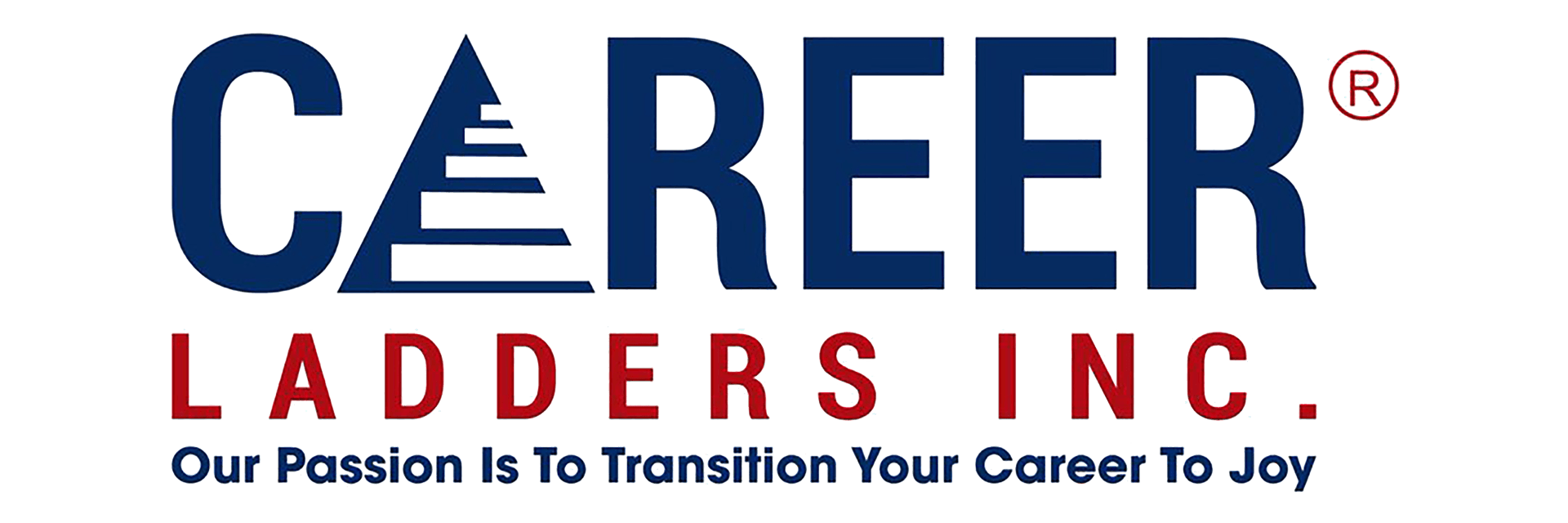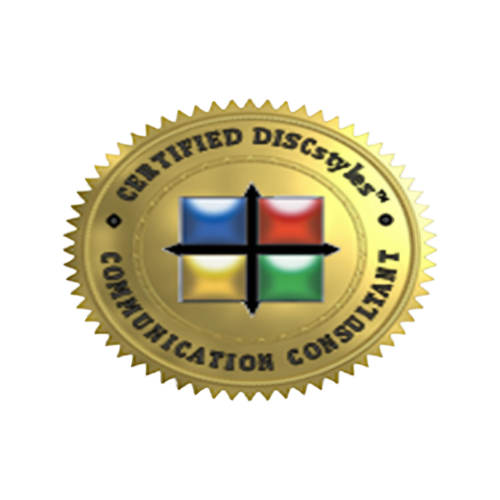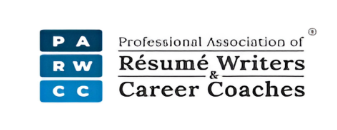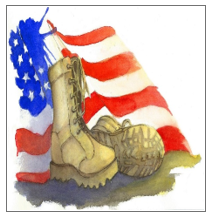Steps to Writing A Resume

9 Easy-to-Follow Steps to Writing A Resume
A resume is a written compilation of your work qualifications, experience, credentials, and accomplishments. It is primarily used as a screening tool by the potential employer, especially in cases when there is a lot of competition in the position you’re applying for. As such, it is imperative that you make a resume that will stand out from the pile.
Check out this list of 10 simple steps to writing a resume that will up your chances of scoring an interview:
1. Research your target job.
Your target job is not always readily available at the tips of your fingers. Sometimes, you will have to do some extensive research to find it. Luckily, the Internet is now full of adverts and job finder websites that could assist you in discovering the right job. Once you find one, it wouldn’t hurt to ask around, or anyone whom you think might have a background on it. You can also read on it online and see if there’s anything that could help you create a resume that matches exactly what the potential employer is looking for.
2. List the required skills/qualifications and compare it to your own set of skills.
If you find more than one listing for the type of job you want, consider making a list of all the qualifications for each them. This way, you can easily eliminate any jobs which you think you’ll have a hard time qualifying for. Set aside this list of qualifications for Step 6.
3. Select a format for your resume.
There are a number of formats to take on but what is perfect for you will depend on different variables. For starters, you can check the following standard formats:
- Chronological – a list of your work history in chronological order, starting with your most recent job down to your earliest
- Functional – concentrated on your skills and experience
- Targeted – specially customized to the prospective job you are seeking
4. Make a draft.
A draft is as important as the real resume itself as it is going to be the raw compilation of the paper you want to achieve. Simply put together all the information you think is essential just to see how your resume reads.
5. Assemble a heading.
A good heading is a great way to get a hiring employer’s attention. This is pretty much the easiest part of the task because you will only need basic information about yourself. It is, however, important not to overcrowd this part of your resume so just limit this part to the following:
- Your Name
- Your Address
- Your Phone Number
- Your E-Mail Address
- Your Web Address
- Your Social Media Account (such as LinkedIn)
6. Proceed with the qualifications.
This is where you put what you’ve initially listed back in Step 2. Make sure to highlight the qualifications you think are most vital and use keywords that relate to the particular requirements for the job.
7. Include your work history and experience.
When writing this part include only those that are relevant to the job you are currently applying for so as to avoid a padded looking resume.
8. Mention Educational trainings/seminars and special awards
This would include appropriate workshops or special classes that you took on your own initiative. Refrain adding those that are already “out of date.”
9. Consult with professional resume editors
Get a little help from a professional writer especially for polishing as it is often difficult to look at your own career history and decide objectively what’s relevant or not.
The post Steps to Writing A Resume appeared first on Career Ladders Inc..















